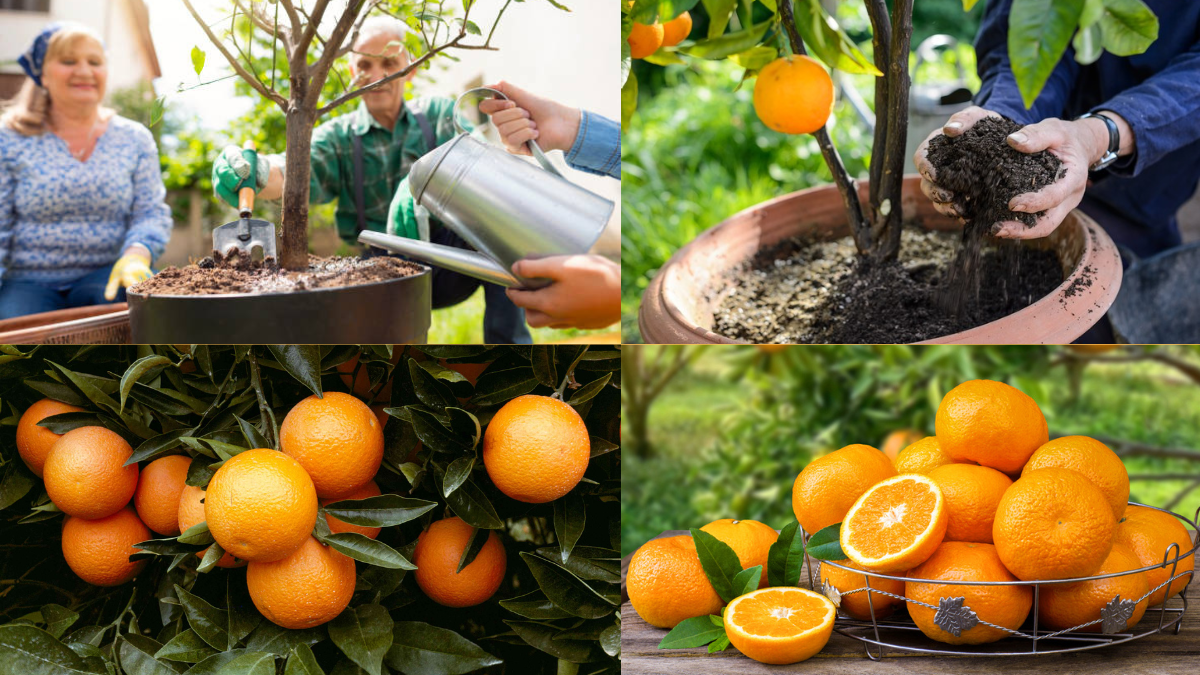Imagine stepping onto your patio and plucking a sun-kissed orange from your very own tree. Whether you’re in a cozy apartment or a home with limited outdoor space, growing oranges on a patio is not only possible but also incredibly rewarding. With the right variety, container, and care, you can enjoy fresh, juicy oranges without needing a sprawling orchard.
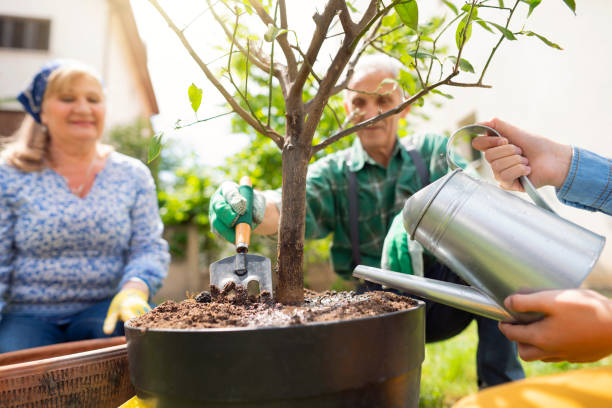
Why Grow Oranges on a Patio?
Growing oranges in containers offers numerous benefits:
- Space Efficiency: Ideal for balconies, patios, and small yards.
- Mobility: Easily move plants to optimize sunlight or protect from adverse weather.
- Climate Control: Bring trees indoors during colder months in cooler climates.
- Pest Management: Elevated containers can reduce exposure to ground-dwelling pests.
- Aesthetic Appeal: Adds greenery and a tropical feel to your outdoor space.
Choosing the Right Orange Variety
Not all orange trees are suitable for container growth. Opt for dwarf or semi-dwarf varieties that thrive in pots
- Calamondin Orange: A compact tree producing small, tart fruits, perfect for marmalades and culinary uses.
- Trovita Orange: A sweet, seedless variety known for its adaptability to various climates.
- Dwarf Valencia: Ideal for juicing, this variety offers a prolonged harvest season.
- Dwarf Washington Navel: Produces large, seedless, and easy-to-peel fruits, perfect for fresh consumption.
These varieties are well-suited for container growth and can produce fruit with proper care .
Selecting the Perfect Container
The right pot ensures healthy root development and overall tree vitality:
- Size: Start with a container at least 12-16 inches in diameter. As the tree grows, repot into larger containers, eventually reaching 20-24 inches in diameter.
- Material: Clay pots offer breathability but can be heavy. Plastic pots are lightweight and retain moisture better. Ensure the pot has adequate drainage holes.
- Drainage: Place a layer of gravel or broken pottery at the bottom to enhance drainage and prevent root rot.
Optimal Sunlight and Placement
Orange trees are sun-loving plants:
- Sunlight: Ensure the tree receives at least 6-8 hours of direct sunlight daily.
- Placement: Position the container in a south or west-facing location to maximize sun exposure.
- Mobility: Use plant caddies or wheels to move the tree as needed, especially to protect from strong winds or frost.
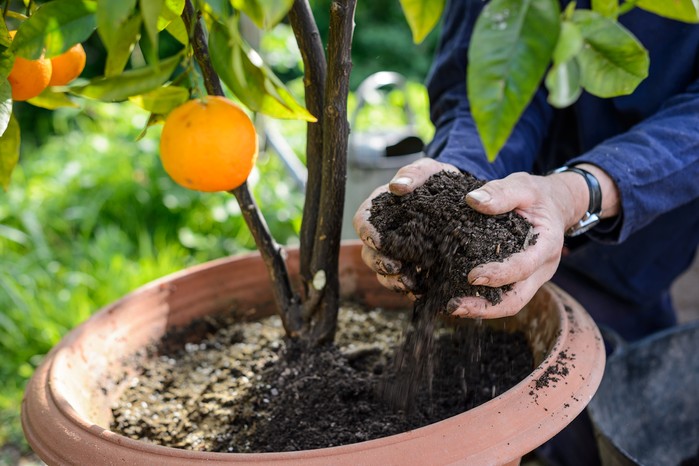
Watering and Humidity Needs
Consistent watering is crucial for container-grown oranges:
- Watering Frequency: Water when the top 1-2 inches of soil feel dry. Avoid letting the soil dry out completely.
- Drainage: Ensure excess water drains freely to prevent root rot.
- Humidity: In dry climates or during indoor overwintering, increase humidity by misting the leaves or placing a humidity tray nearby.
Soil and Fertilization
Providing the right nutrients ensures healthy growth and fruit production:
- Soil: Use a well-draining potting mix formulated for citrus or a mix of peat, perlite, and compost.
- Fertilization: Feed the tree with a balanced, slow-release fertilizer designed for citrus trees every 4-6 weeks during the growing season (spring through summer). Reduce feeding in fall and winter.
Pruning and Maintenance
Regular pruning helps maintain the tree’s shape and encourages fruiting:
- Pruning Time: Prune in early spring before new growth begins.
- Technique: Remove dead or crossing branches and thin out dense areas to allow light penetration.
- Size Control: Trim the tree to maintain a manageable size for your patio space.
Pest and Disease Management
Container-grown orange trees can still face pest issues:
- Common Pests: Watch for aphids, spider mites, and scale insects.
- Prevention: Regularly inspect the tree and clean leaves with a damp cloth.
- Treatment: Use insecticidal soap or neem oil as needed, following label instructions.
Overwintering Your Orange Tree
In cooler climates, protect your tree during winter:
- Temperature: Orange trees prefer temperatures between 55°F and 85°F (13°C to 29°C).
- Indoor Transition: Before the first frost, move the tree indoors to a bright location, such as a south-facing window.
- Care Indoors: Reduce watering frequency, but ensure the soil doesn’t dry out completely. Maintain humidity with a humidifier or humidity tray.
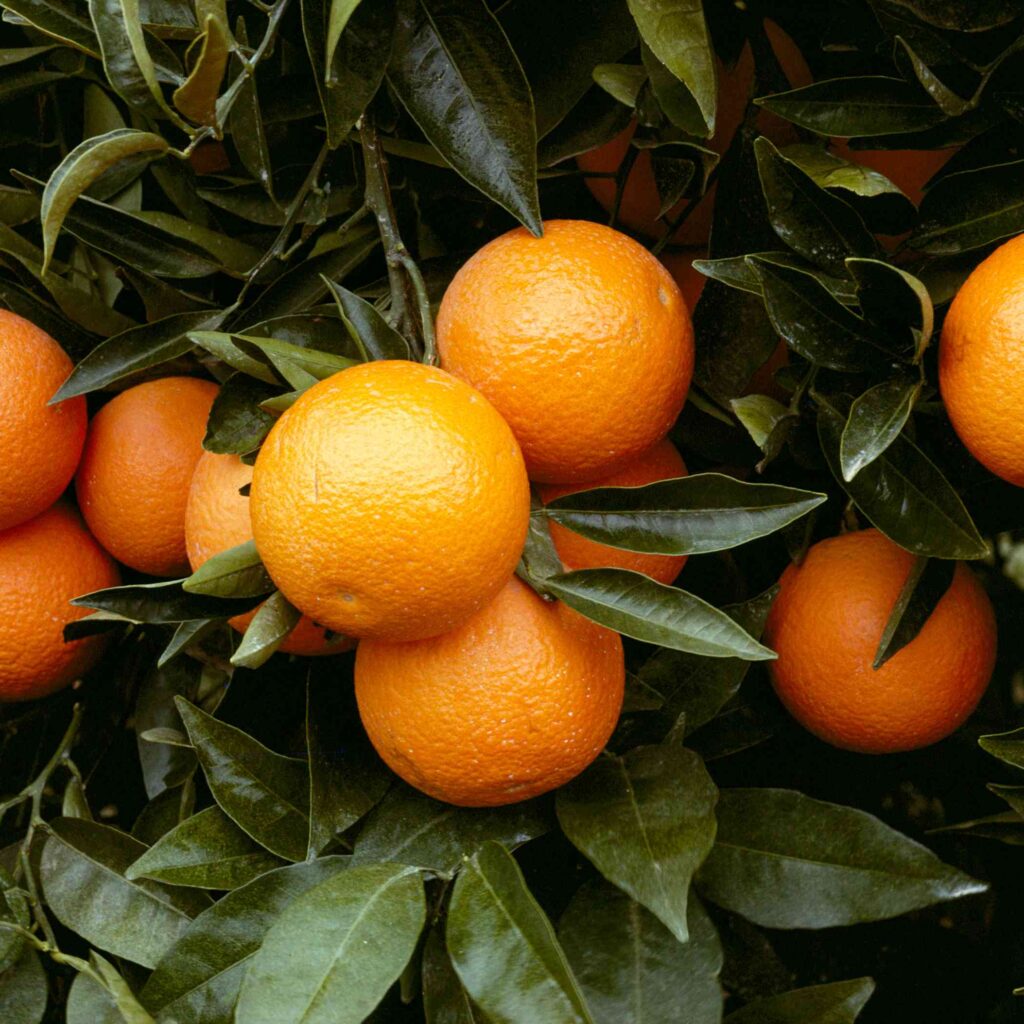
Harvesting Your Oranges
Patience is key when waiting for your tree to bear fruit:
- Time to Fruit: Grafted dwarf trees can produce fruit in 2-3 years with proper care.
- Ripeness Indicators: Oranges are ready to harvest when they have developed full color and a slight give when gently squeezed.
- Harvesting: Use pruning shears to cut the fruit from the tree, leaving a small stem attached.
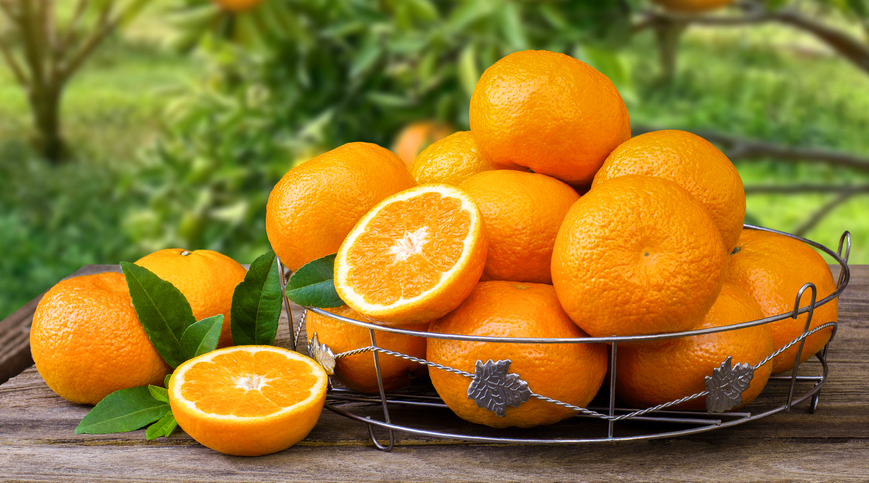
Enhancing Your Patio Citrus Garden
Complement your orange tree with other citrus or companion plants:
- Companion Plants: Herbs like basil, chives, or mint can deter pests and add greenery.
- Other Citrus: Consider adding dwarf lemon, lime, or kumquat trees for variety.
- Aesthetics: Incorporate flowering plants or decorative pots to enhance visual appeal.
Frequently Asked Questions
Q: Can I grow an orange tree from seed on my patio?
A: While possible, seed-grown trees take longer to fruit and may not produce true-to-type fruit. Grafted dwarf varieties are recommended for quicker and reliable fruiting.
Q: How often should I repot my patio orange tree?
A: Repot every 2-3 years or when the tree becomes root-bound. Choose a slightly larger pot each time to accommodate growth.
Q: Do I need multiple orange trees for pollination?
A: Most orange trees are self-pollinating, so a single tree can produce fruit. However, having multiple trees can increase yield.
